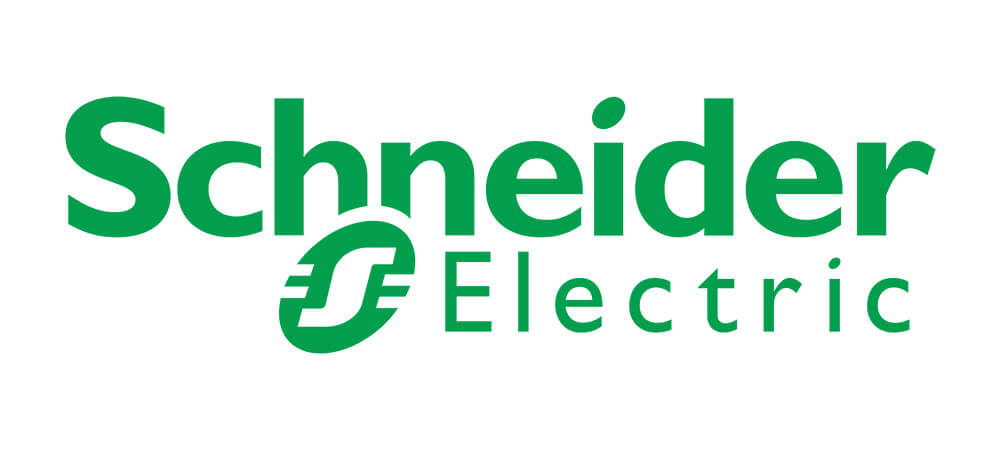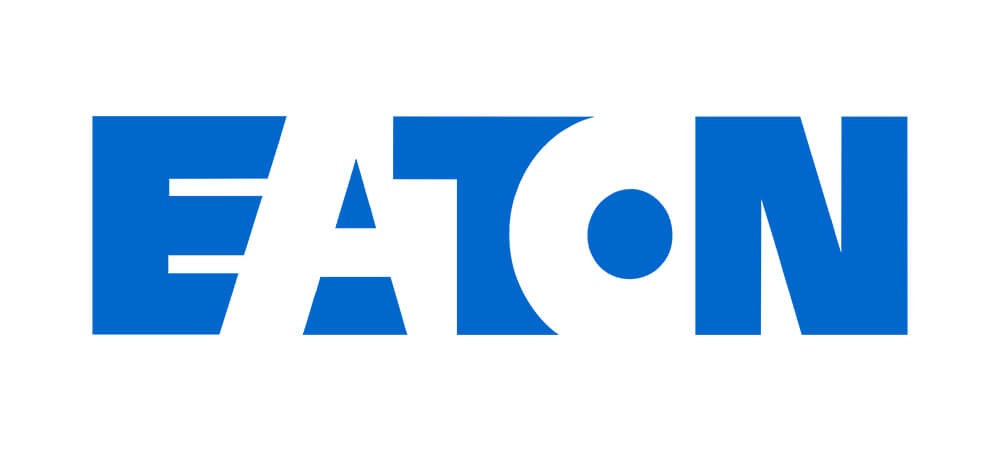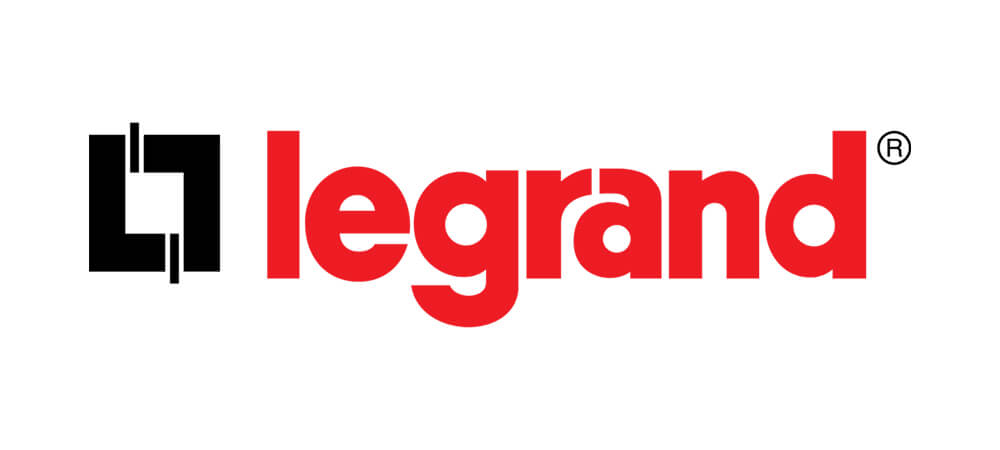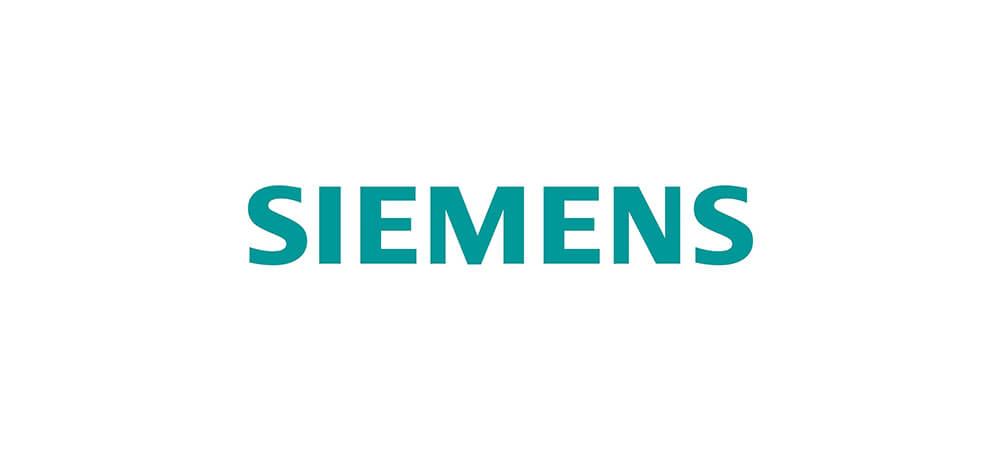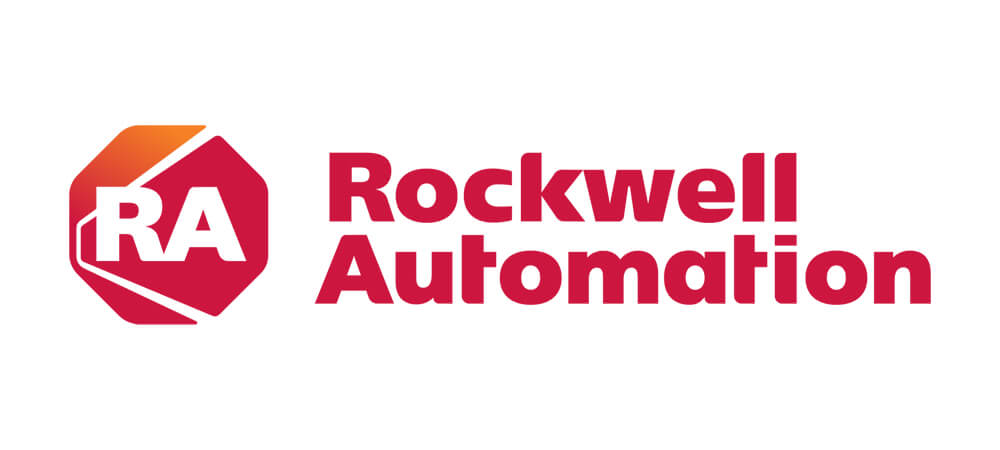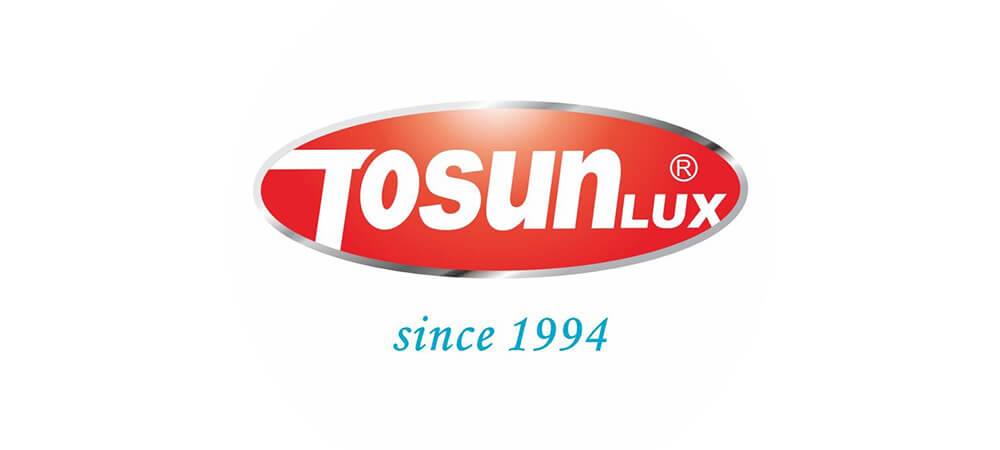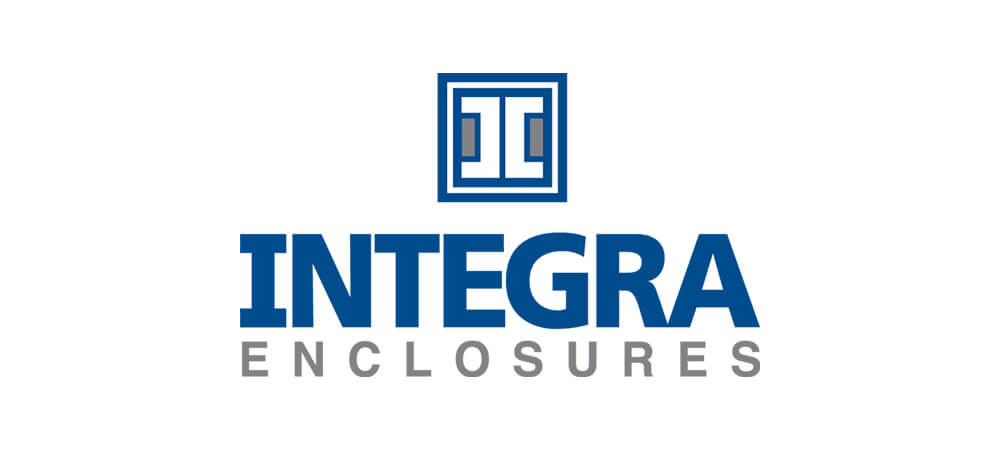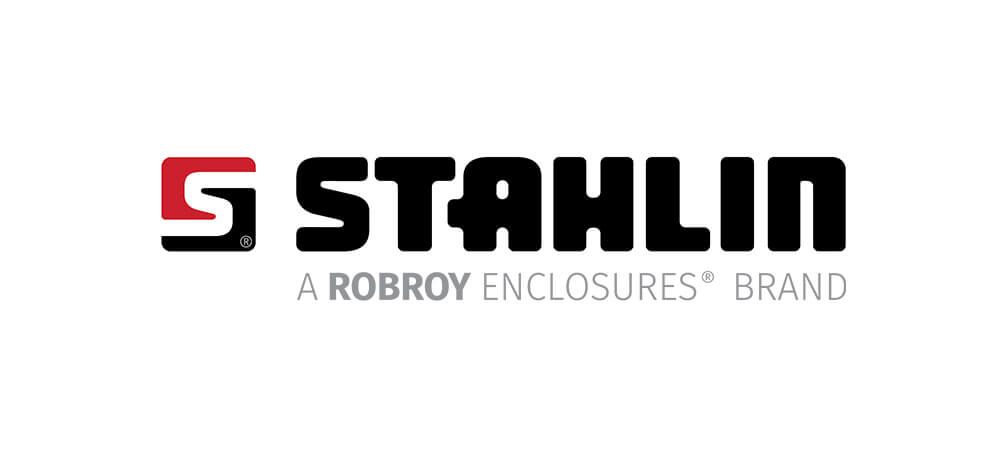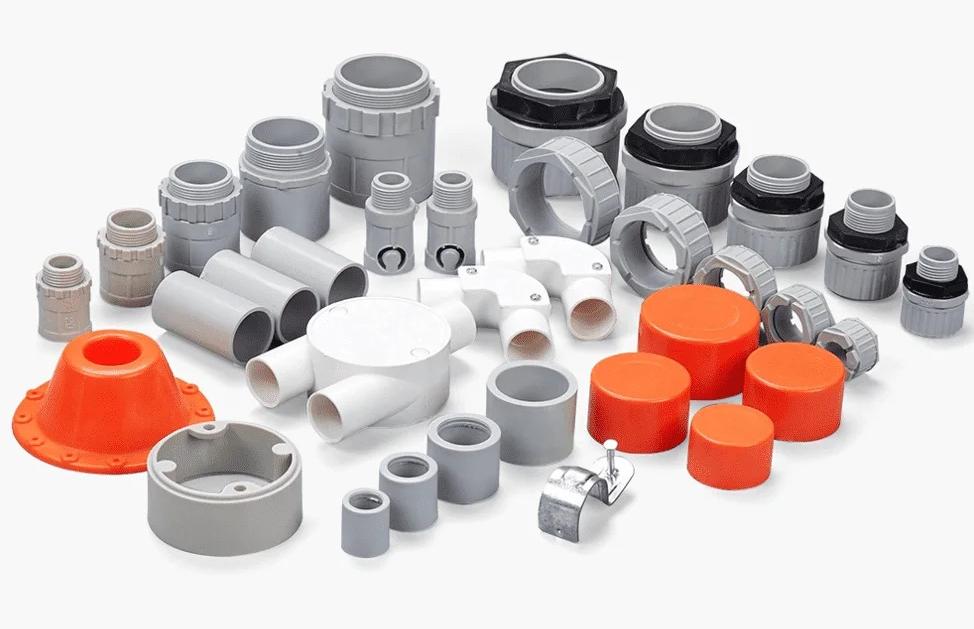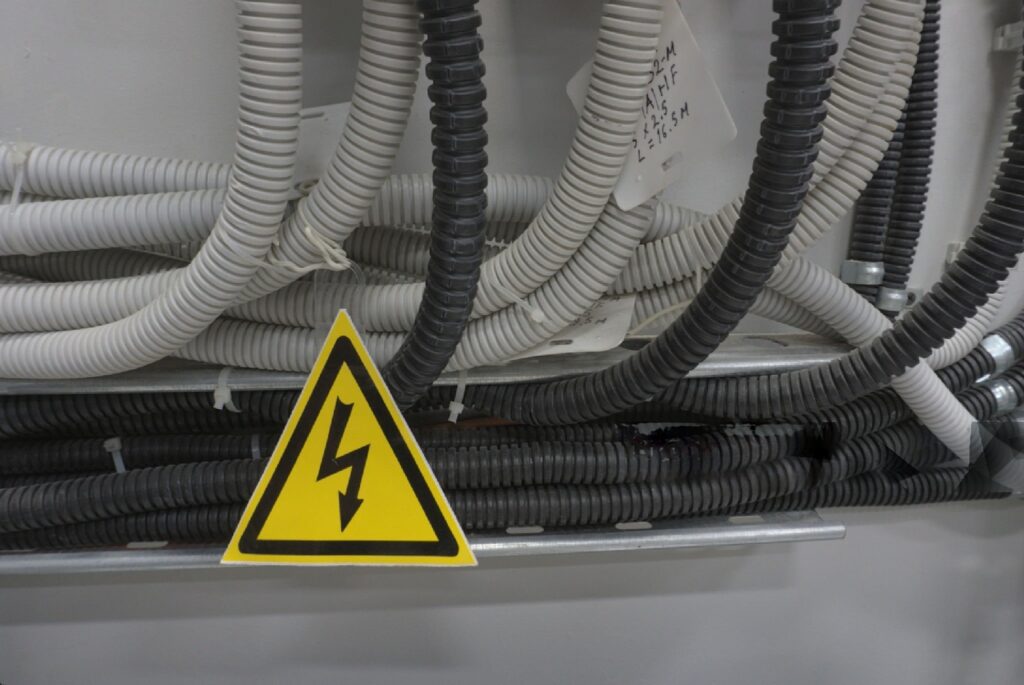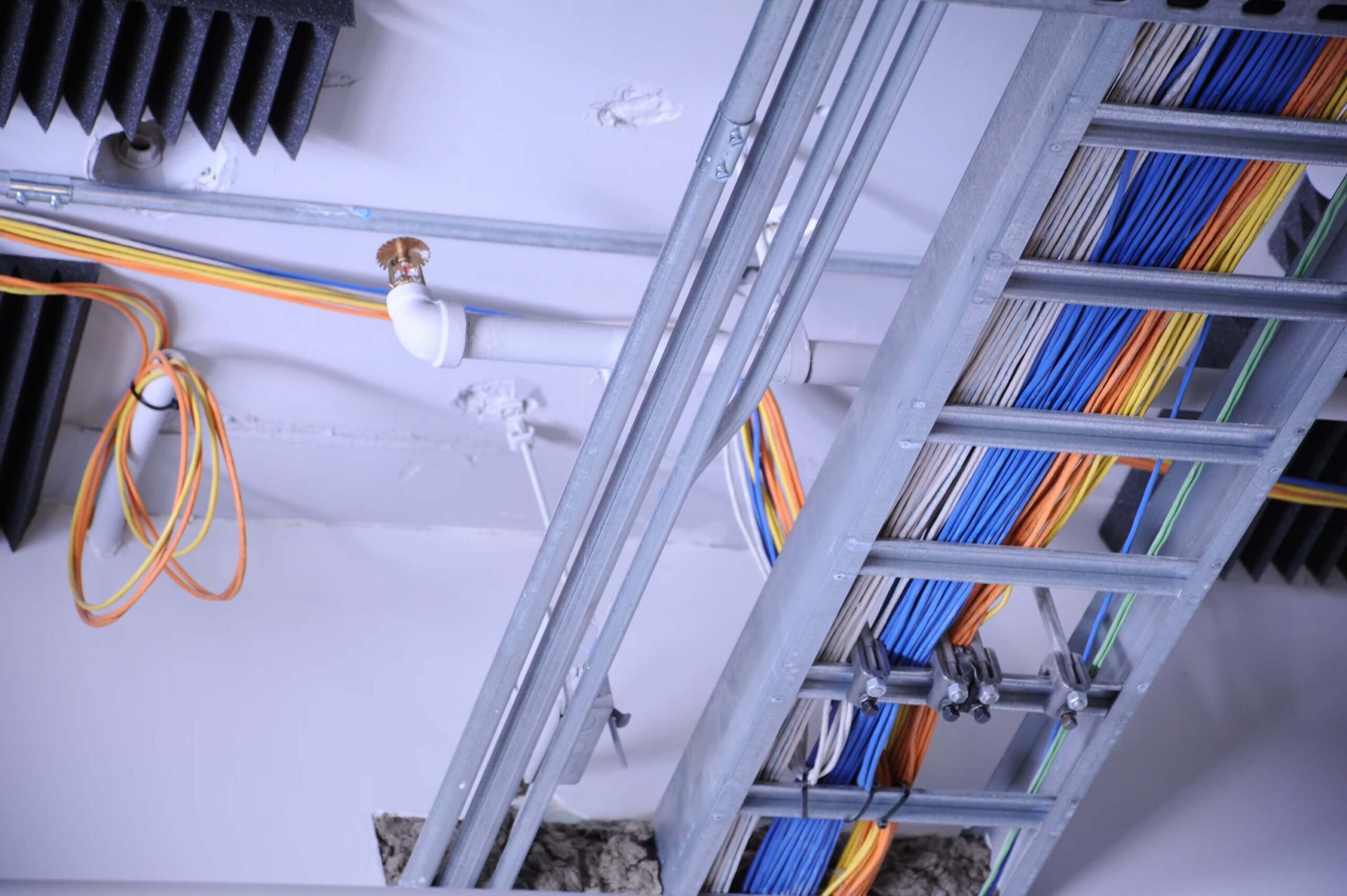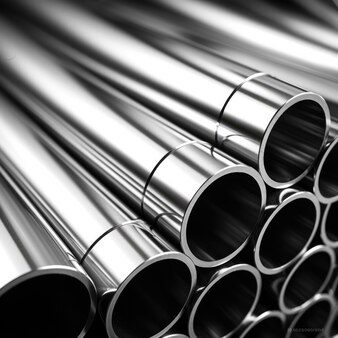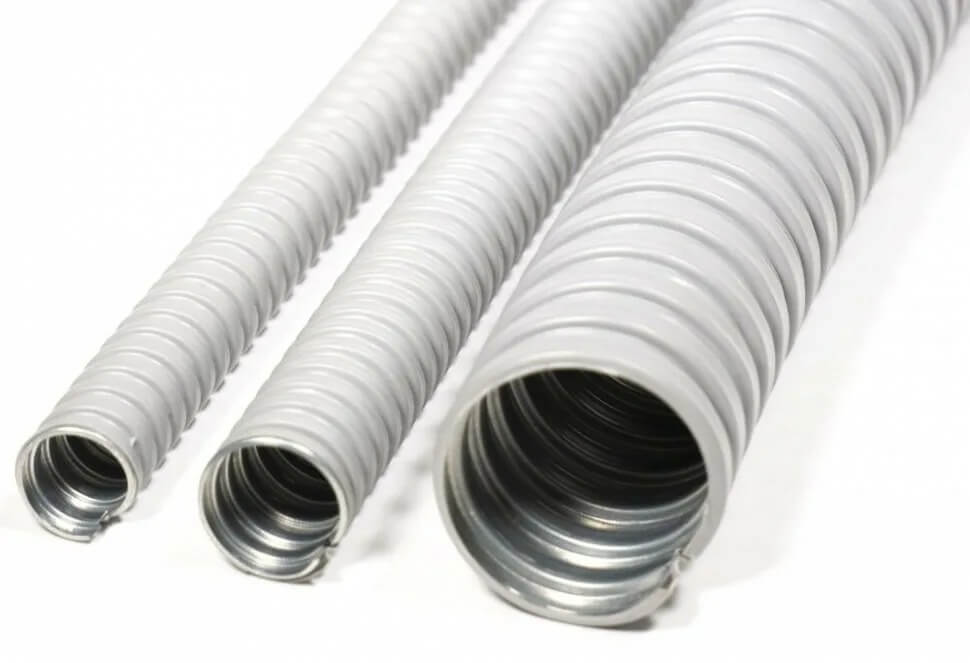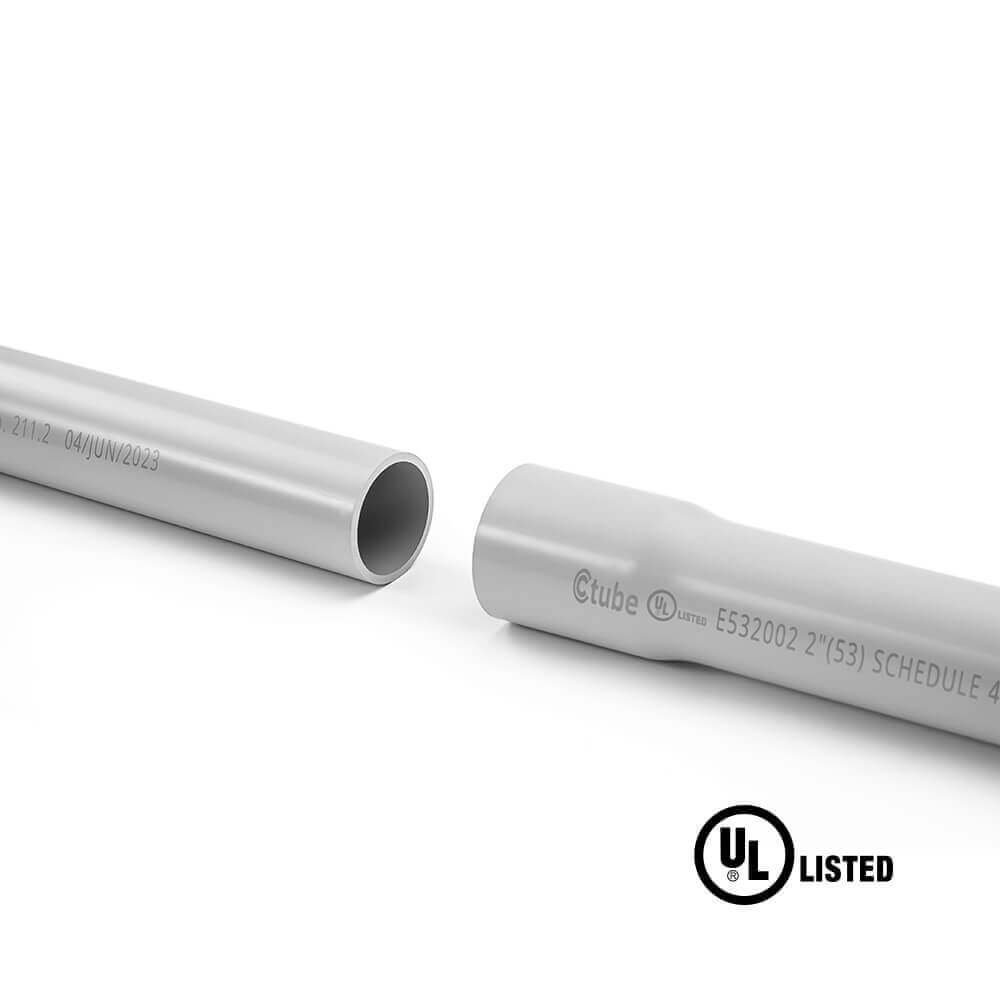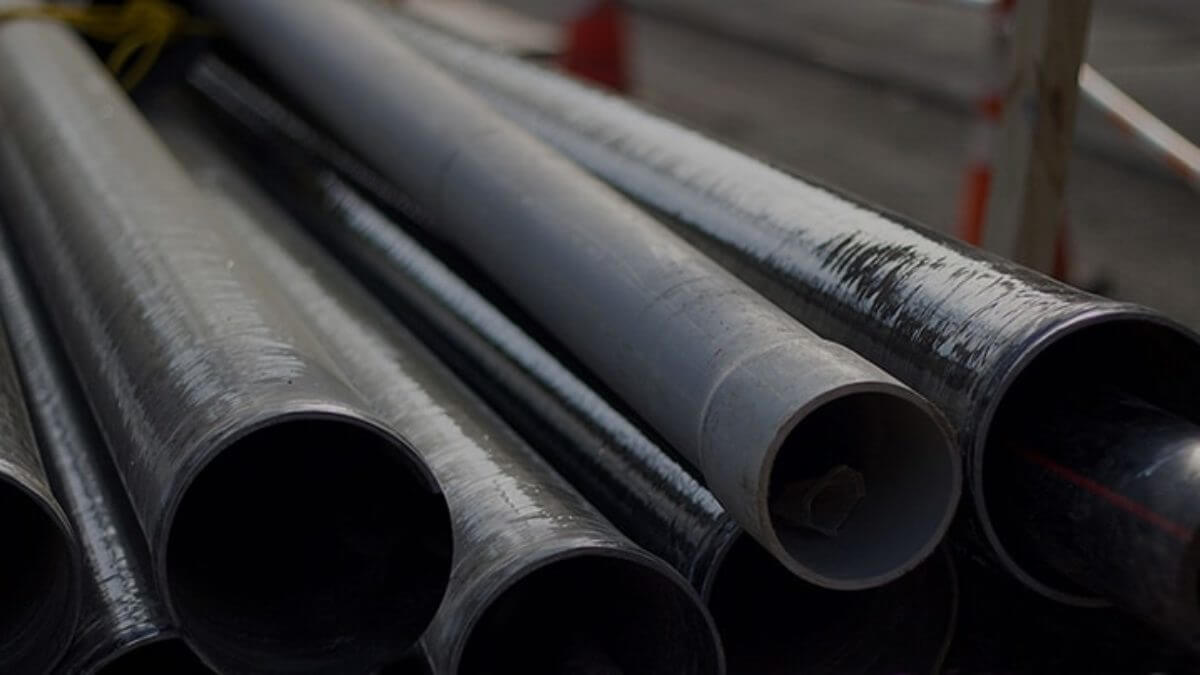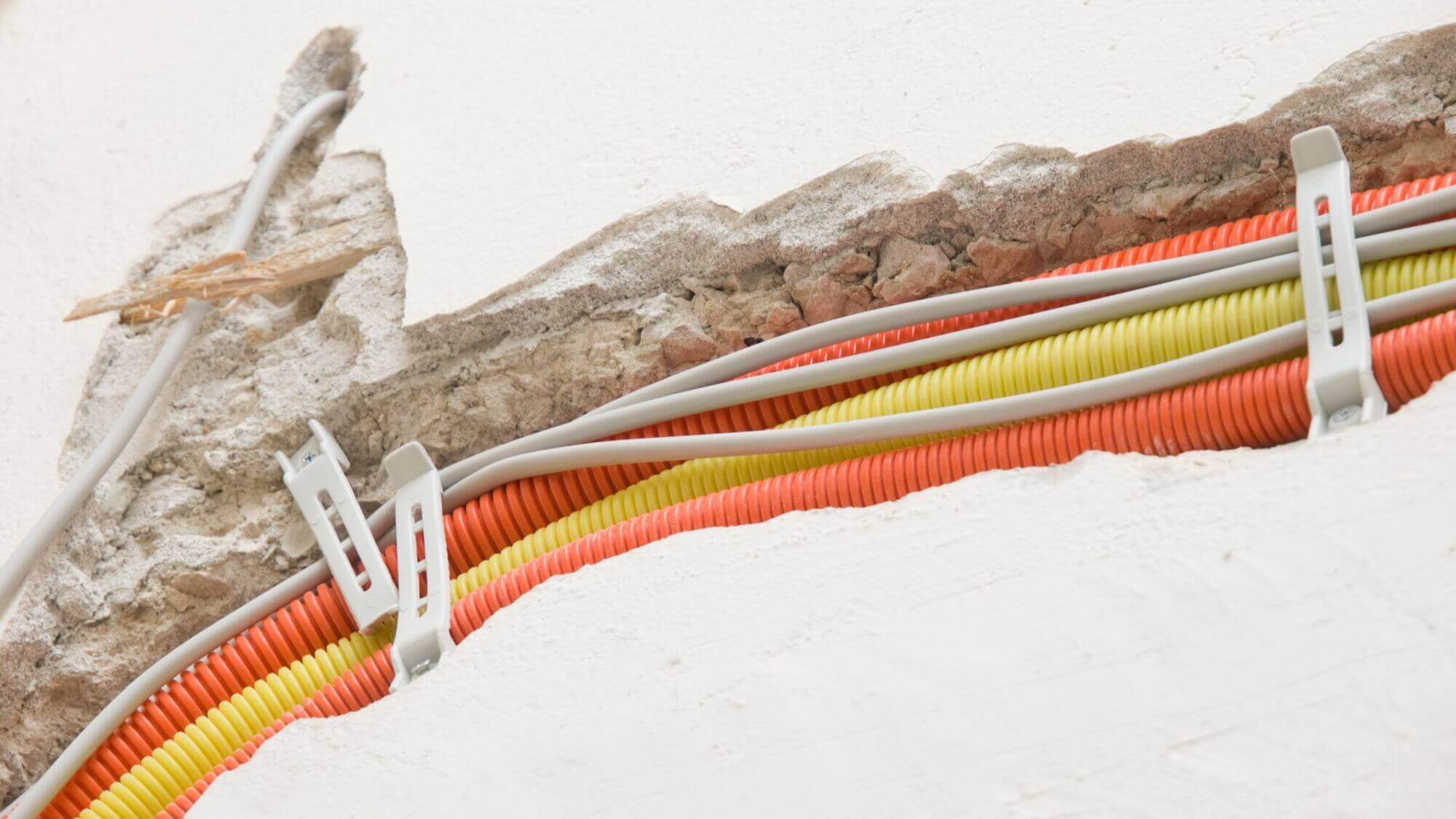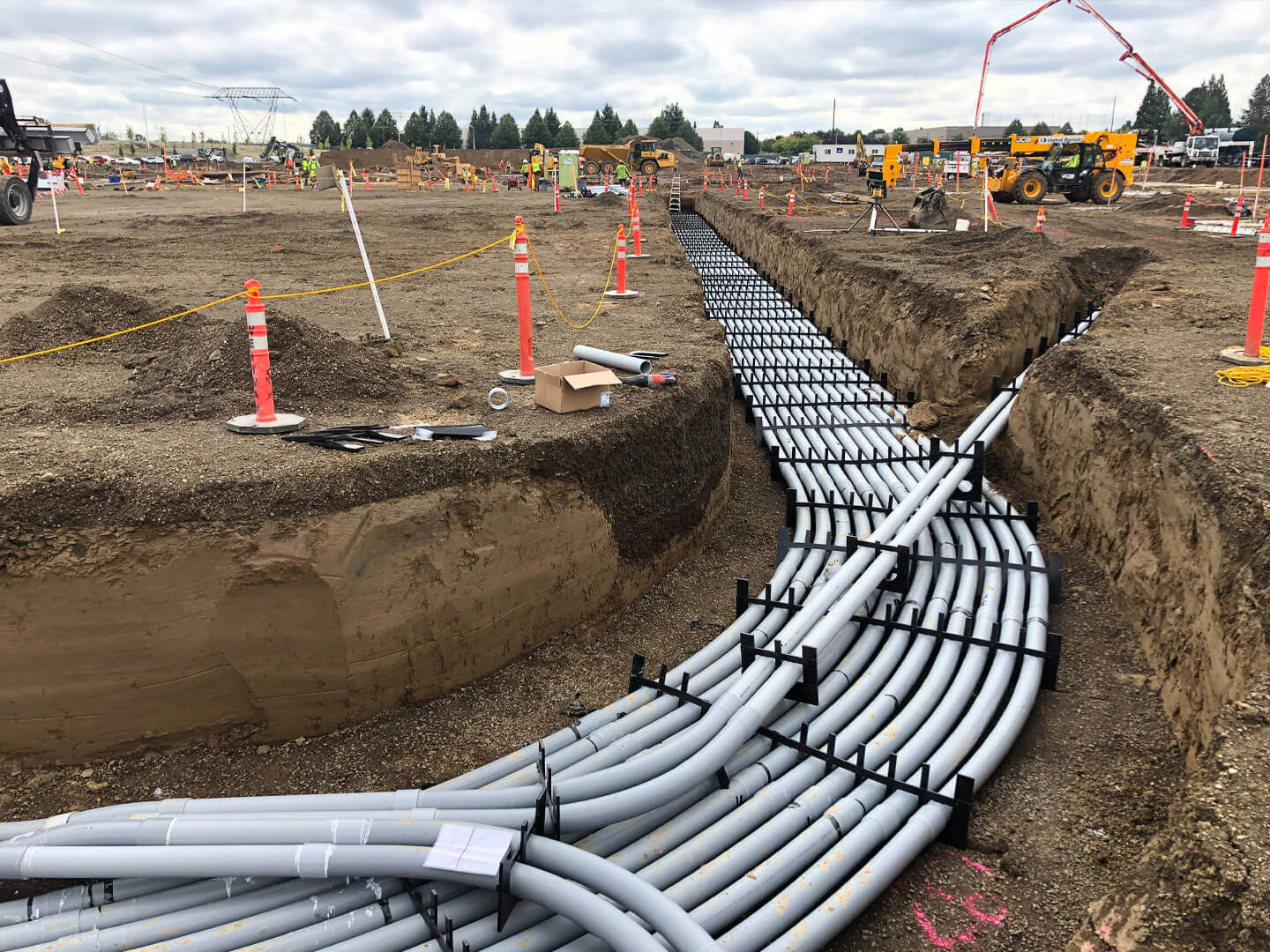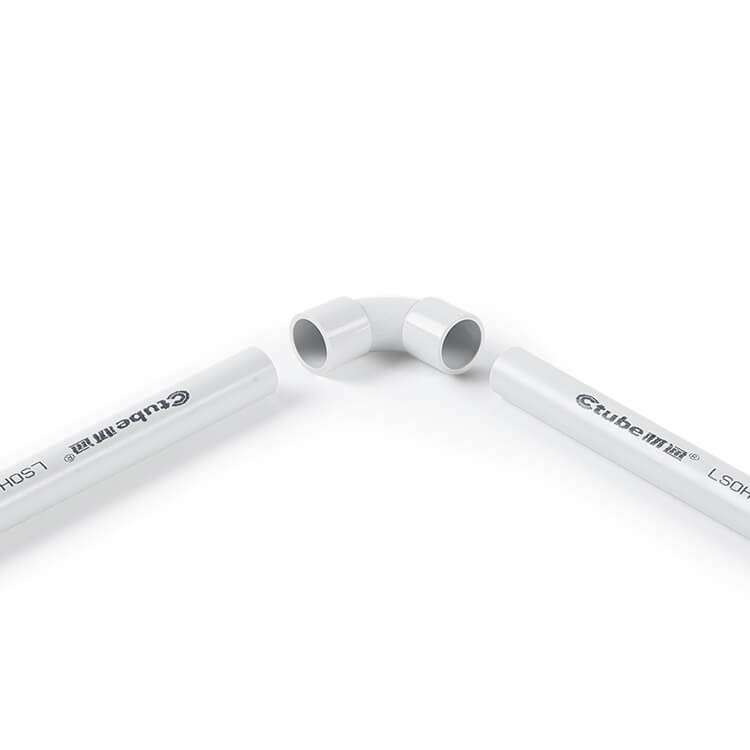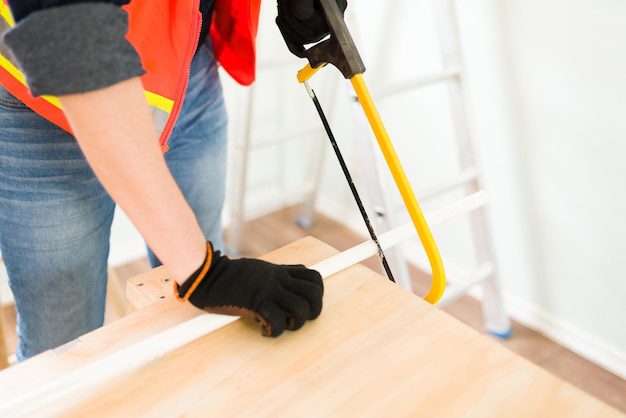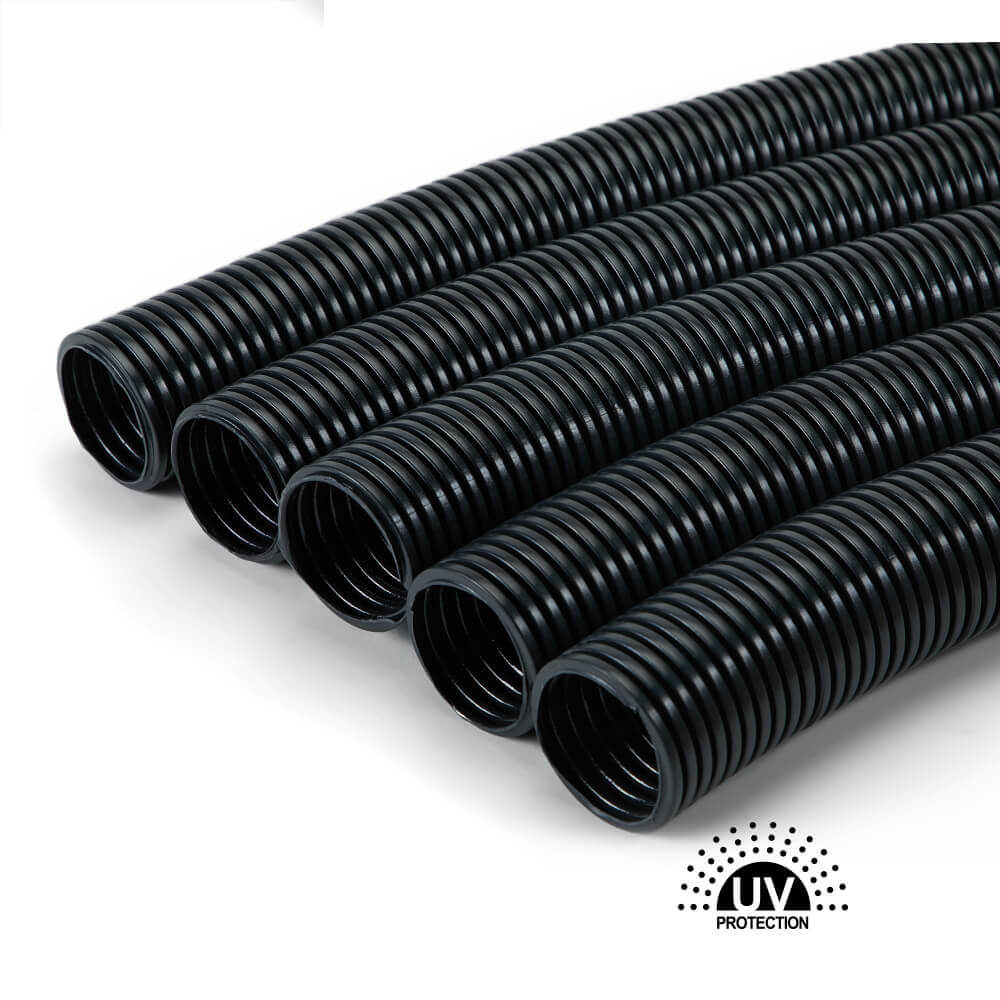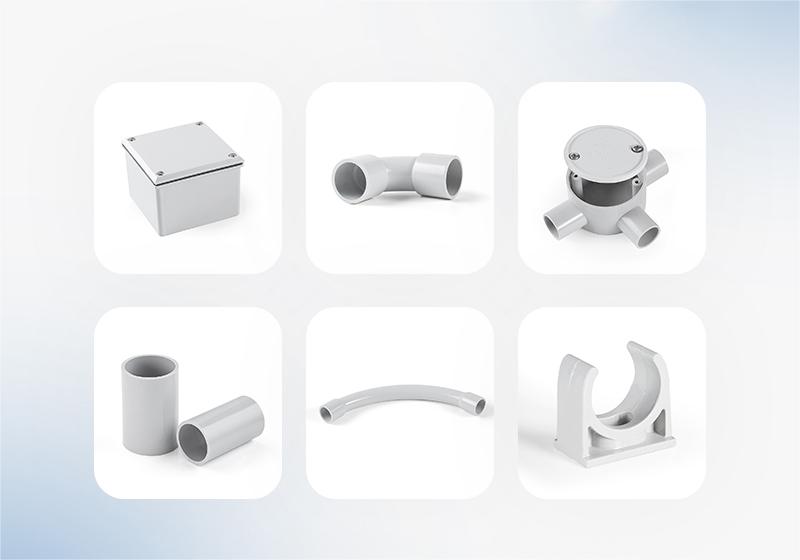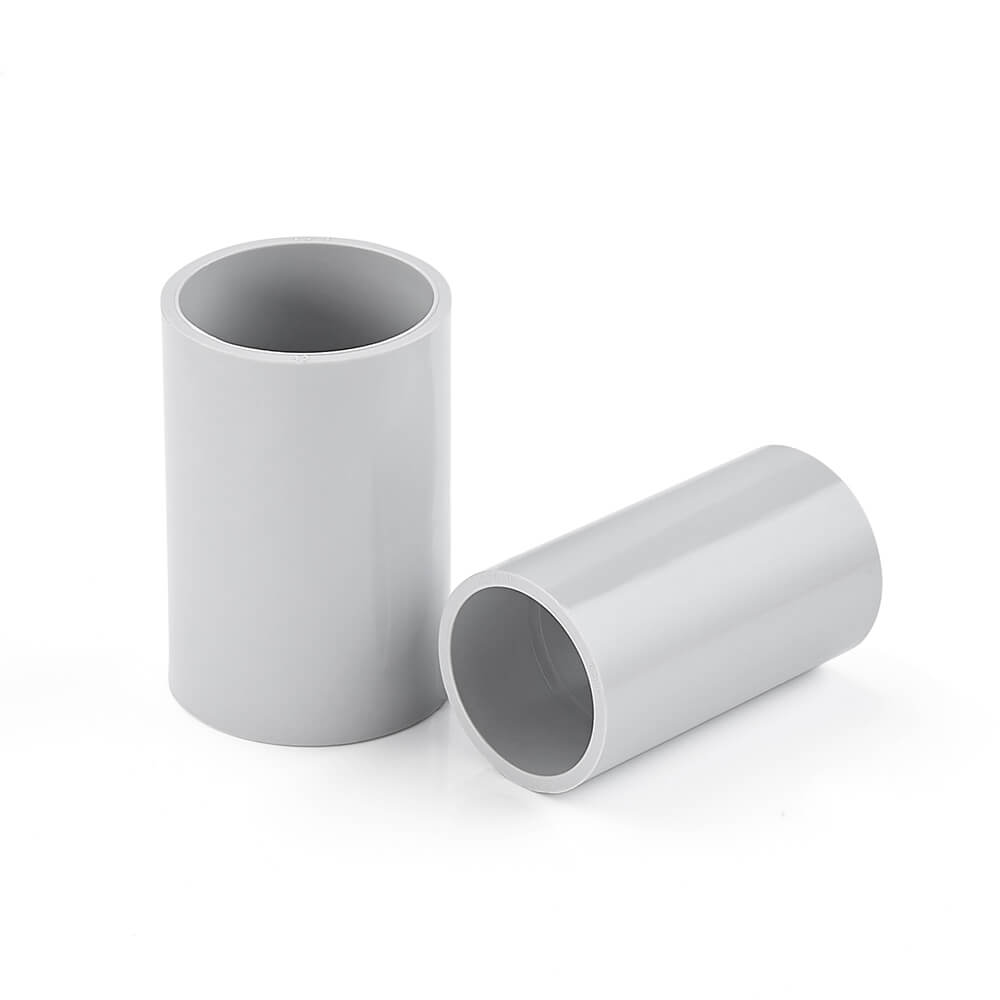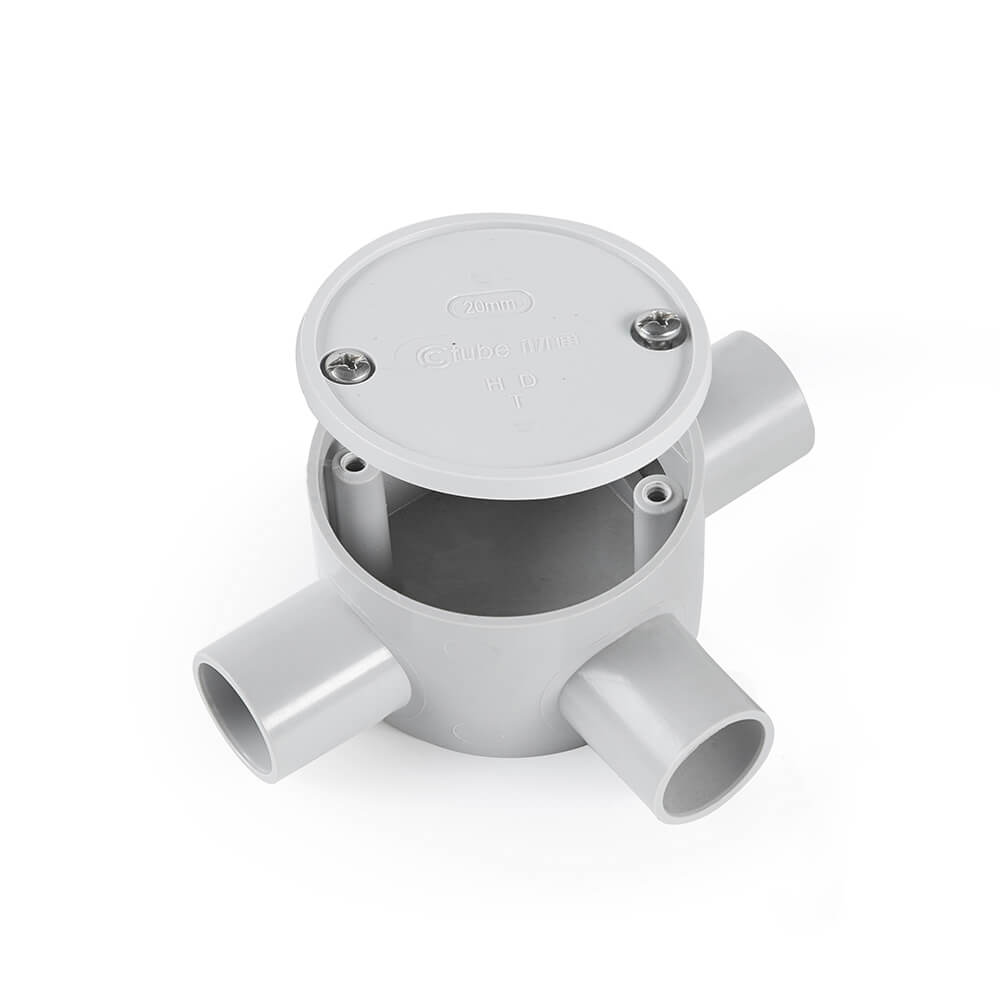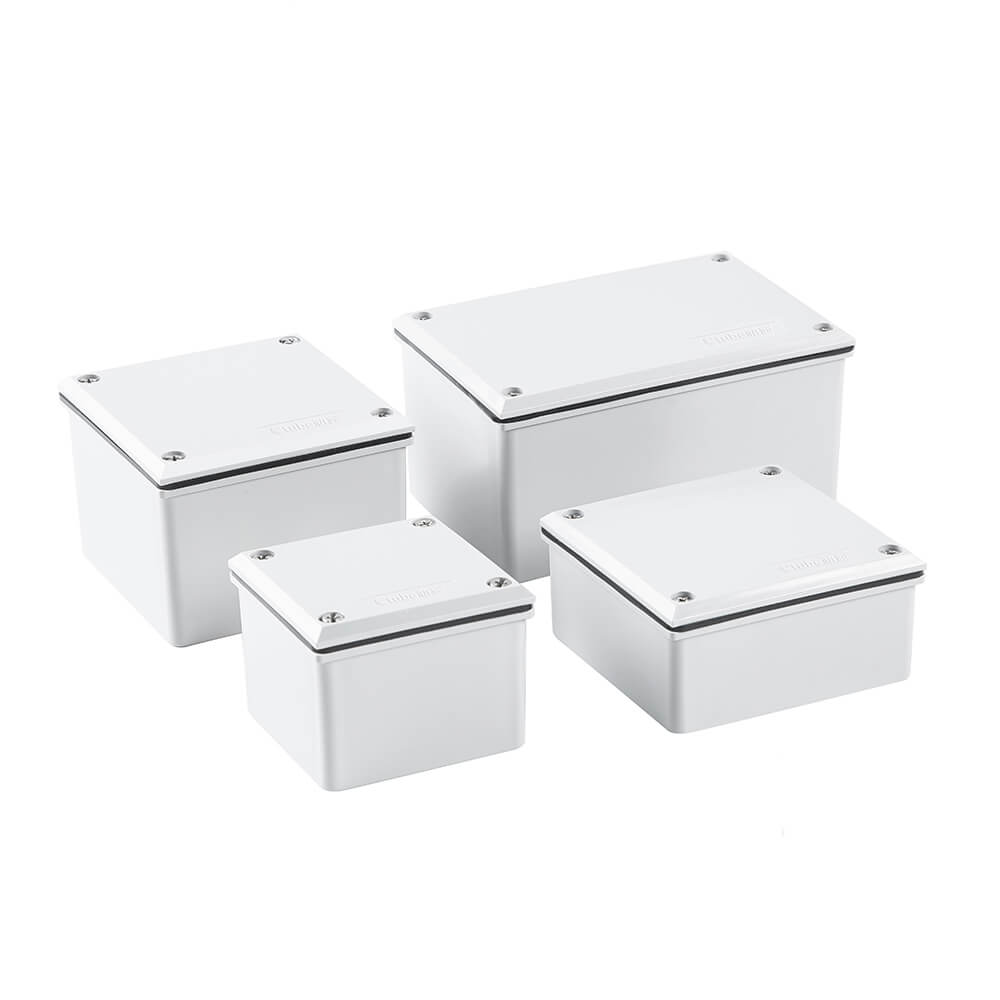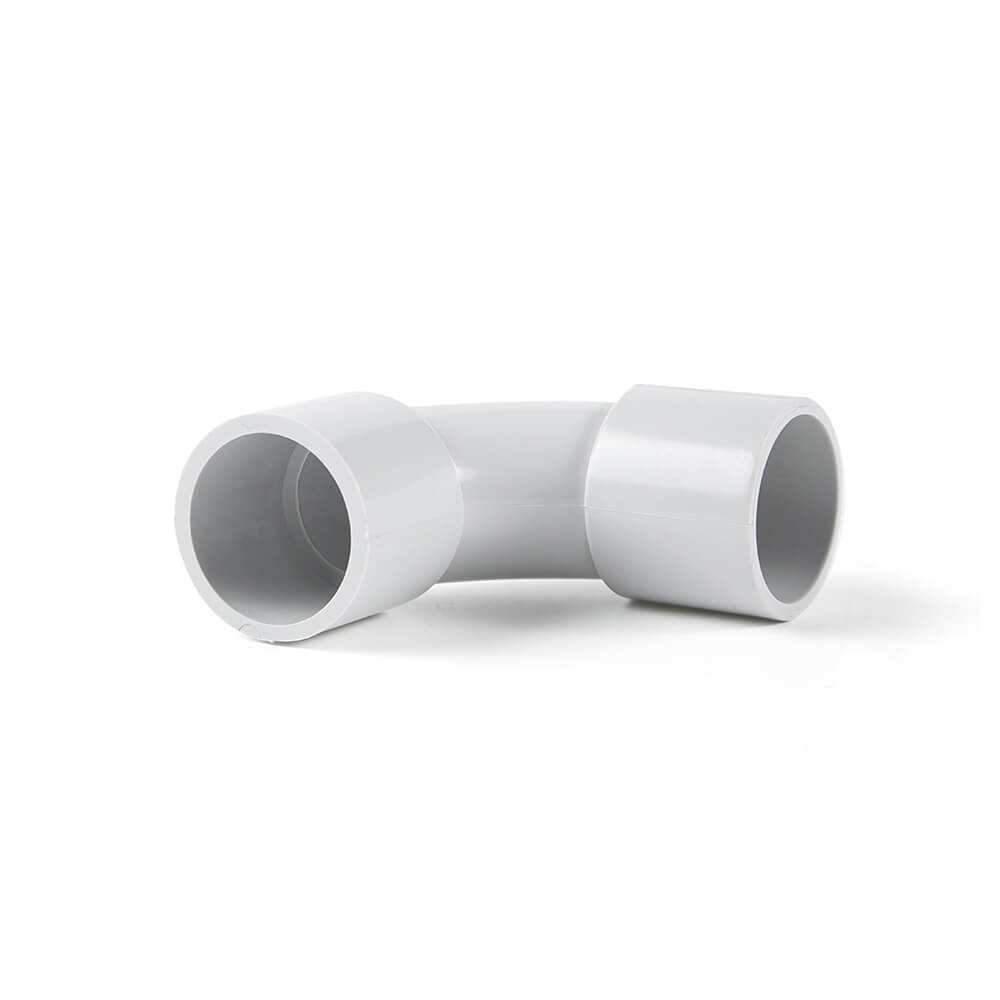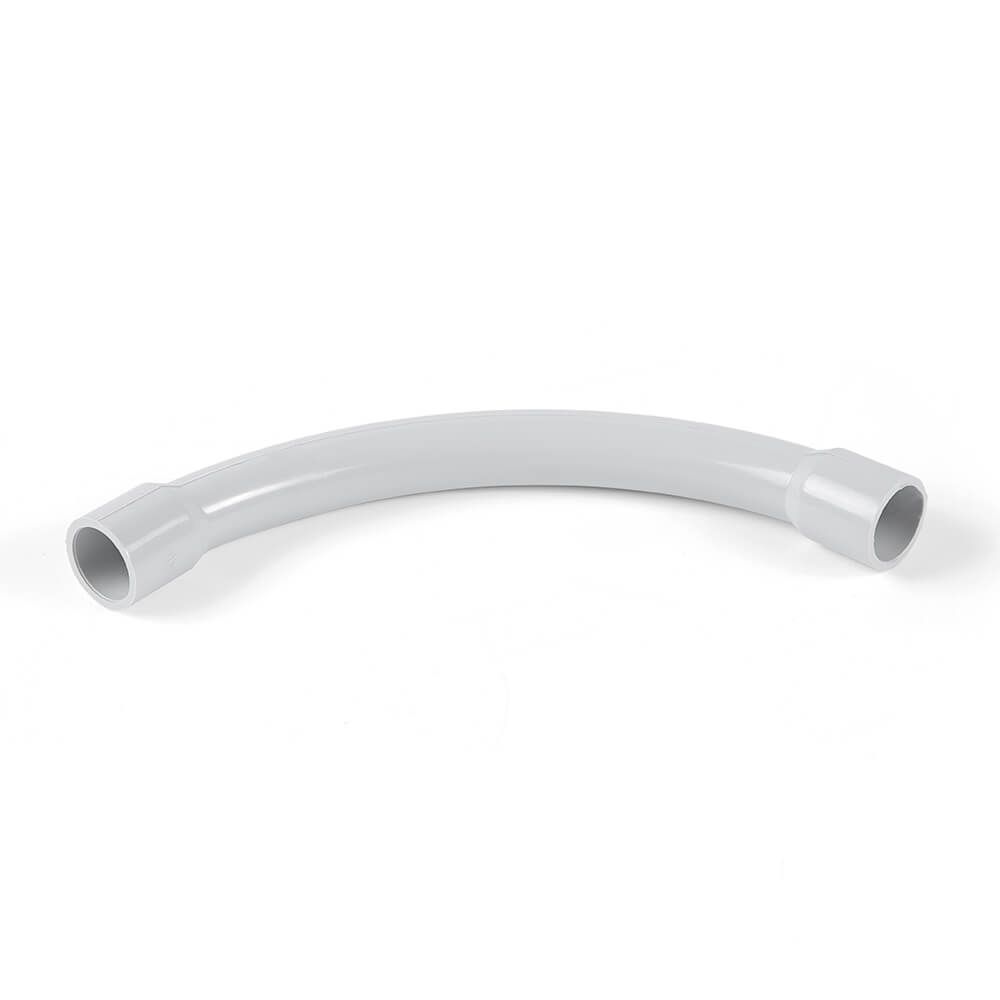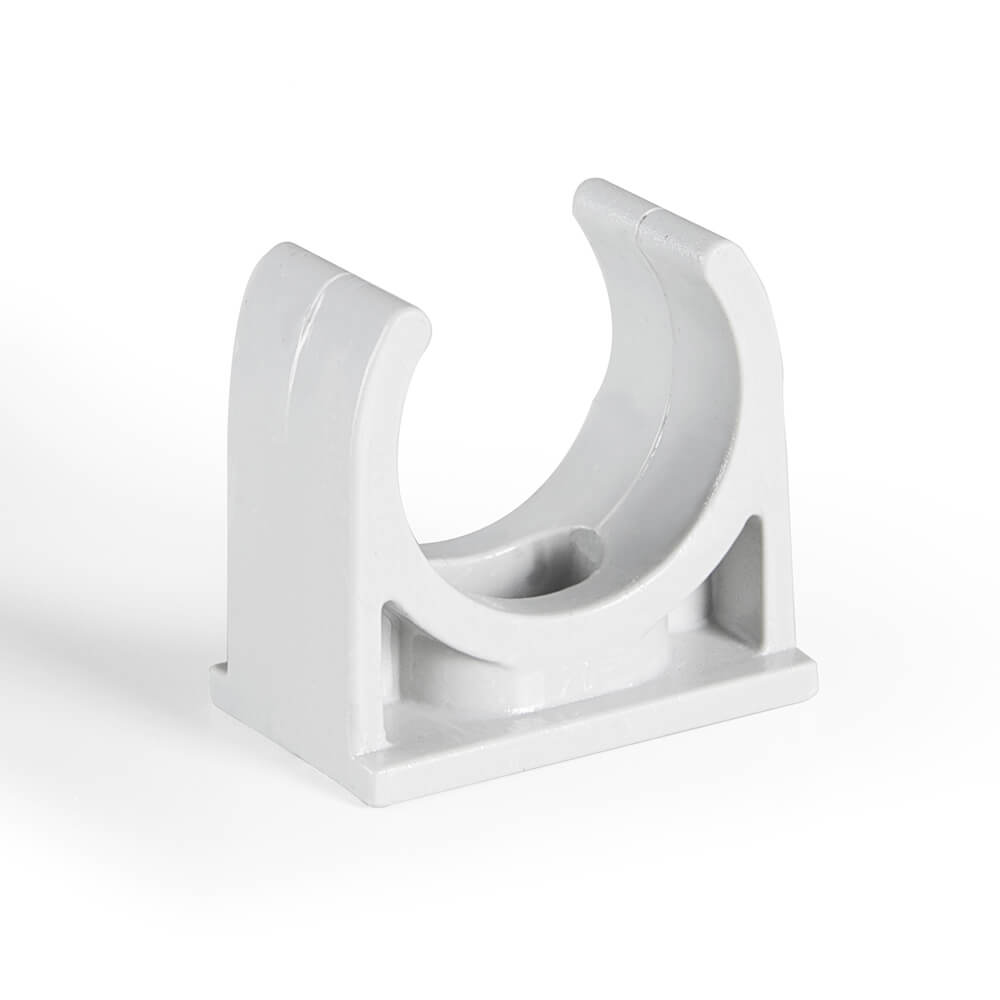Top 10 Electrical Box Brands and Manufacturers in the World 2025
1. ABB (Switzerland)
Company Overview
ABB Ltd, headquartered in Zurich, Switzerland, is a global leader in electrification and automation technologies. With over 130 years of innovation, the company employs approximately 105,000 people across more than 100 countries. ABB’s mission is to enable a sustainable and resource-efficient future through advanced technologies and solutions that drive digital transformation in industries.
Mission and Values
ABB is committed to driving digital transformation while prioritizing sustainability, integrity, and customer focus. The company aims to empower customers to achieve their sustainability goals by enhancing productivity and efficiency while reducing environmental impact. ABB has pledged to reduce its Scope 1 and 2 CO2e emissions by at least 70% by 2025 and to support its suppliers in achieving a 20% reduction in their emissions.
Product Portfolio
ABB’s extensive product offerings span electrification and automation solutions. This includes durable and reliable Steel City® electrical boxes and enclosures, low-voltage circuit protection devices, and modular electrification solutions such as substations, electric vehicle chargers, and distribution automation products. Additionally, ABB provides automation products like control systems, AC and DC drives, and robotics, as well as digital technologies that optimize manufacturing processes and energy efficiency.
Sustainability Efforts
ABB integrates sustainability across its operations and solutions. Its “Mission to Zero” initiative focuses on reducing greenhouse gas emissions, with ambitious targets for operational emissions and supplier engagement. The company is dedicated to providing innovative solutions that enable customers to transition to renewable energy sources while minimizing environmental impacts.
Global Operations
ABB’s global presence includes manufacturing facilities in key markets such as the United States, China, Germany, Italy, Canada, Sweden, Poland, and India. This expansive footprint allows ABB to serve diverse industries effectively, tailoring its products to meet specific regional and market needs.
Research and Development
Innovation is a cornerstone of ABB’s success, with 4-5% of its annual revenue allocated to research and development. This significant investment ensures ABB remains at the forefront of technological advancements in electrification and automation, enabling the company to address.
2. Schneider Electric (France)
Company Overview
Schneider Electric SE, headquartered in Rueil-Malmaison, France, is a global leader in energy management and automation solutions. Operating in over 115 countries with approximately 135,000 employees, the company specializes in providing technologies that improve efficiency and sustainability across homes, buildings, data centers, infrastructure, and industries.
Mission and Values
Guided by the principle “Life Is On,” Schneider Electric’s mission is to empower individuals and organizations to optimize their energy and resources while recognizing access to energy and digital technology as fundamental rights. The company values sustainability, inclusivity, innovation, and collaboration, ensuring its operations and solutions positively impact society and the environment.
Product Portfolio
Schneider Electric offers a wide range of products and solutions, including electrical boxes and enclosures for safe and reliable power distribution, low-voltage devices such as circuit breakers and switches, and medium-voltage equipment like switchgear and transformers. Their portfolio also features advanced automation systems integrating real-time analytics, the IoT-enabled EcoStruxure platform for energy optimization, and renewable energy solutions such as solar and storage systems.
Sustainability Initiatives
A recognized leader in sustainability, Schneider Electric has ambitious goals under its Schneider Sustainability Impact (SSI) program. Aligned with the United Nations’ Sustainable Development Goals, the program focuses on climate action, resource efficiency, and community empowerment. The company aims for carbon neutrality in operations by 2025 while working to reduce supply chain emissions and promote environmental stewardship.
Global Reach
With manufacturing facilities spread across Europe, North America, Asia-Pacific, Africa, and South America, Schneider Electric ensures its products meet local market needs while maintaining high-quality standards. This extensive network strengthens the company’s ability to deliver customized solutions worldwide.
Innovation and R&D
Schneider Electric invests heavily in research and development to drive innovation in energy management and automation technologies. By leveraging artificial intelligence and machine learning, the company creates smart solutions that enhance operational efficiency and sustainability for its customers.
3. Eaton (Ireland)
Company Overview
Eaton Corporation plc, headquartered in Dublin, Ireland, is a multinational leader in power management solutions. Established in 1911, the company has expanded to operate in over 175 countries, employing more than 90,000 people globally. Eaton’s mission is to enhance the quality of life and the environment through innovative power management technologies and services.
Mission and Core Values
Eaton is dedicated to sustainability, safety, and efficiency, focusing on integrity, innovation, customer-centricity, and environmental responsibility. The company’s goal is to provide sustainable solutions that enable customers to manage power reliably and efficiently while minimizing environmental impact.
Product Portfolio
Eaton offers a diverse range of products tailored to various sectors, with a strong emphasis on electrical solutions. These include electrical enclosures for residential, commercial, and industrial use; circuit breakers for reliable system protection; and power distribution equipment such as switchgear and panel boards. The company also provides uninterruptible power supplies (UPS), backup generators, advanced control systems, and renewable energy solutions like solar inverters and energy storage systems, ensuring comprehensive energy management across applications.
Sustainability Commitment
Eaton is committed to achieving carbon neutrality across its global operations by 2030. The company integrates sustainability into its operations and product development, actively addressing climate change challenges while advancing energy efficiency and innovation.
Global Reach
With manufacturing facilities across North America, Europe, Asia-Pacific, Africa, and the Middle East, Eaton adapts its products to meet local market needs while maintaining high-quality standards. This global footprint allows it to effectively serve diverse industries and regions.
Innovation and R&D
Eaton invests significantly in research and development to create advanced energy management solutions. By integrating data analytics and IoT technologies, the company develops smart products that optimize power usage, improve system performance, and meet the evolving needs of its customers.
4. Legrand (France)
Company Overview
Legrand S.A., founded in 1865 and headquartered in Limoges, France, is a global leader in electrical and digital building infrastructures. Operating in 90 countries and distributing products to nearly 180, the company generates 85% of its sales internationally. Originally specializing in porcelain manufacturing, Legrand has grown into a pioneer in electrical equipment, focusing on sustainable development and energy efficiency.
Mission and Values
Legrand aims to improve the quality of life by providing innovative solutions for access to power, light, and data. Its core values emphasize sustainability, innovation, diversity, and inclusion, with a commitment to responsible business practices and addressing global energy challenges.
Product Portfolio
Legrand’s diverse offerings include over 300,000 products across various categories. It provides electrical wiring devices like switches, sockets, and circuit breakers for residential, commercial, and industrial use. The company’s electrical boxes, crafted from impact-resistant thermoplastics, are designed for durability, ease of installation, and suitability for indoor and outdoor environments. Additionally, Legrand delivers critical data center infrastructure such as power distribution units (PDUs) and cable management systems, as well as home automation solutions like Netatmo for smart, IoT-enabled systems. The portfolio also includes EV charging infrastructure, energy-efficient products, and architectural lighting systems that blend functionality with aesthetics.
Sustainability Commitment
Legrand is dedicated to achieving carbon neutrality by 2050, with a 30% reduction in greenhouse gas emissions by 2030. It incorporates circular economy principles into product design and lifecycle management, underlining its leadership in sustainable practices and earning global recognition for its efforts.
Global Reach and Facilities
With manufacturing sites worldwide, including eight facilities in Limoges, Legrand ensures efficient production and distribution. In North America, its strategically located distribution centers optimize logistics and reduce carbon emissions, reflecting its commitment to environmental responsibility.
Innovation and Research
Legrand invests heavily in research and development to create energy-efficient solutions that meet the evolving needs of its customers. Its focus on innovation enables the company to stay ahead in addressing modern energy management challenges while adhering to sustainability goals.
5. Siemens (Germany)
Company Overview
Siemens AG is a German multinational technology conglomerate headquartered in Munich, with a history dating back to 1847. Originally founded as the Telegraphen-Bauanstalt von Siemens & Halske by Werner von Siemens and Johann Georg Halske, the company has grown into one of Europe’s largest industrial manufacturing firms. Operating in various sectors such as industrial automation, digitalization, smart infrastructure, mobility, and healthcare technology, Siemens employs approximately 320,000 people globally and reported a revenue of around €78 billion in 2023.
Core Values and Mission
Siemens is committed to sustainability, innovation, and digital transformation. Its mission is to develop technologies that enhance quality of life while ensuring environmental responsibility. Guided by integrity, excellence, and customer focus, Siemens strives to provide solutions that address modern challenges effectively.
Product Offerings
Siemens offers a broad range of innovative products and solutions across multiple industries. In industrial automation, the company delivers advanced systems such as programmable logic controllers (PLCs), human-machine interfaces (HMIs), and industrial software that optimize manufacturing efficiency. For smart infrastructure, Siemens specializes in building management systems, security solutions, and electrical distribution equipment that enhance energy efficiency and safety.
In the mobility sector, Siemens leads with intelligent solutions for rail and road transport, including signaling systems, traffic management, and electric vehicle charging infrastructure. The healthcare division, Siemens Healthineers, provides cutting-edge medical imaging and diagnostic tools to advance patient care.
Additionally, Siemens’ electrical products include a variety of electrical boxes, load centers, and circuit breakers designed for residential and commercial use. These products, like the plug-on neutral load centers and EQ series breaker boxes, offer efficient power distribution, circuit protection, and flexible installation options for both indoor and outdoor applications.
Sustainability Commitment
Siemens prioritizes sustainability by aiming for carbon neutrality by 2030 and developing technologies that promote energy efficiency and renewable energy adoption. The company actively supports sustainable infrastructure projects and continues to reduce its environmental footprint across operations.
Global Presence and Manufacturing Facilities
With an extensive network of manufacturing facilities across Europe, North America, and Asia-Pacific, Siemens ensures its products meet regional market demands while adhering to high-quality standards. This global presence enables the company to remain competitive and responsive to customer needs worldwide.
Innovation and Research & Development
Siemens invests heavily in research and development to drive innovation across its product lines. By leveraging data analytics and technologies, the company enhances operational efficiency and provides smarter solutions for a rapidly evolving technological landscape.
6. Mitsubishi Electric (Japan)
Company Overview
Mitsubishi Electric Corporation, founded in 1921, is a prominent Japanese multinational headquartered in Tokyo. Specializing in electrical and electronic products, Mitsubishi Electric operates across diverse sectors such as energy, industrial automation, transportation, building systems, and consumer electronics. With a global presence spanning the Americas, Asia-Pacific, Europe, the Middle East, Africa, and CIS countries, the company remains a leader in technological advancements.
Core Values and Mission
Mitsubishi Electric is driven by innovation and sustainability, aiming to create a better world through technology. The company focuses on environmental responsibility and social contributions, with core values centered on integrity, quality, and customer satisfaction.
Product Offerings
Mitsubishi Electric’s product portfolio is vast, covering a wide range of industries. In energy systems, the company provides power generation, transmission and distribution equipment, and nuclear systems for reliable energy management. In factory automation, Mitsubishi Electric offers programmable logic controllers (PLCs), industrial robots, and inverters to enhance manufacturing processes. The company also specializes in building systems, including elevators, escalators, and building management systems for enhanced safety and efficiency in commercial buildings.
For air conditioning, Mitsubishi Electric is well-known for its energy-efficient HVAC solutions such as room air conditioners and variable refrigerant flow (VRF) systems.
In the automotive sector, the company develops electric power steering systems and charging equipment for electric vehicles. Their electrical products include a variety of solutions such as load centers for power distribution, circuit breakers for protection, and enclosures designed to withstand harsh environments. Mitsubishi Electric also provides transportation systems, semiconductors, and advanced defense and space systems, ensuring a broad range of cutting-edge solutions across industries.
Sustainability Commitment
Mitsubishi Electric is committed to sustainability, focusing on reducing greenhouse gas emissions and integrating energy-efficient practices throughout its operations. The company strives to develop eco-friendly technologies that contribute to a more sustainable future.
Global Presence and Manufacturing Facilities
With manufacturing facilities in Japan and across the globe, Mitsubishi Electric ensures that its products meet local market demands while maintaining rigorous quality standards. This global presence strengthens the company’s ability to deliver innovative solutions worldwide.
Innovation and Research & Development
Mitsubishi Electric invests heavily in research and development, with a focus on smart technologies and IoT integration to enhance operational efficiency across various sectors. The company’s commitment to technological advancement drives continuous innovation.
7. Rockwell Automation (USA)
Company Overview
Rockwell Automation, based in Milwaukee, Wisconsin, is a global leader in industrial automation and digital transformation technologies. Originally founded in 1903 as the Allen-Bradley Company, it now serves customers in over 100 countries with a workforce of approximately 29,000 employees. The company’s mission is to connect people’s imaginations with the potential of technology, driving productivity and sustainability across various industries.
Core Values and Mission
The company prioritizes innovation and sustainability, focusing on simplifying industrial challenges with integrated hardware, software, and services. Rockwell Automation is driven by values of customer satisfaction, integrity, and collaboration.
Product Offerings
Rockwell Automation offers a comprehensive range of products and solutions designed to enhance efficiency and performance in industrial operations. Its industrial automation solutions include programmable logic controllers (PLCs), human-machine interfaces (HMIs), and advanced industrial software. Additionally, the company provides connected components that enable real-time data exchange between machines, facilitating smarter decision-making.
For electrical needs, Rockwell manufactures various electrical products, including load centers for power distribution, robust enclosures and boxes to protect electrical components from environmental hazards, and circuit protection devices such as circuit breakers to safeguard against overloads and short circuits.
The company also offers the FactoryTalk software suite, which supports manufacturing execution systems (MES), analytics, and system design tools for optimized operations. Through its Connected Enterprise approach, Rockwell integrates plant-level operations with enterprise technologies to drive digital transformation and improve manufacturing performance. Additionally, the company tailors its automation solutions for specific industries, such as aerospace, automotive, and food and beverage.
Sustainability Commitment
Rockwell Automation is committed to sustainability, reducing its environmental impact through energy-efficient practices and sustainable manufacturing technologies.
Global Presence and Manufacturing Facilities
With manufacturing facilities in North America, Europe, Asia-Pacific, and beyond, Rockwell Automation’s global network enables it to meet local market demands while maintaining high-quality standards.
Innovation and Research & Development
Rockwell invests heavily in R&D, focusing on artificial intelligence (AI) and IoT to enhance operational efficiency and drive technological advancements.
8. TOSUNlux (China)
Company Overview
TOSUNlux, operated by Wenzhou Tosun Electric Co., Ltd., is a leading manufacturer and supplier of low-voltage electrical products and lighting solutions, headquartered in Wenzhou, China. Established in 1994 by Mr. Ronald Lee, TOSUNlux has expanded its product offerings and gained a strong international presence. The company focuses on providing reliable products and one-stop solutions, with a commitment to quality and innovation.
Core Values and Mission
TOSUNlux is dedicated to delivering high-quality, safe, and reliable electrical products, focusing on customer satisfaction and continuous improvement. The company’s mission is to create value for customers through innovative solutions that enhance safety, convenience, and practicality in electrical installations.
Product Offerings
TOSUNlux offers a broad selection of low-voltage electrical products, including circuit breakers (MCBs, RCCBs, MCCBs) for overload and short circuit protection, contactors for motor control, relays for switching applications, and distribution boards for power distribution in various settings.
Additionally, the company provides electrical boxes such as enclosures made from robust materials to safeguard electrical components from environmental factors like dust and moisture. TOSUNlux’s product range also includes high-efficiency LED and fluorescent lighting solutions suitable for residential, commercial, and industrial use, along with voltage stabilizers to ensure stable voltage levels for sensitive equipment. Aiming to be a one-stop solution for electrical distribution, TOSUNlux integrates all these products to support a variety of project needs.
Sustainability Commitment
TOSUNlux adheres to international quality standards, such as CE, CB, TUV, and IRAM, and is committed to producing energy-efficient products that reduce environmental impact.
Global Presence and Manufacturing Facilities
The company operates manufacturing centers in Wenzhou and Shenzhen, China, and has expanded its global footprint with agents in over 51 countries, supplying products to 93 countries worldwide.
Innovation and Research & Development
TOSUNlux invests in research and development to continuously improve its products, employing a professional team dedicated to quality inspection, product enhancement, and technological innovation.
9. Integra Enclosures (USA)
Company Overview
Integra Enclosures, headquartered in Mentor, Ohio, is the largest manufacturer of polycarbonate enclosures in the United States. Since its founding in 2000, the company has become a leading producer of high-quality electrical enclosures, offering both thermoplastic and stainless steel options. Integra focuses on providing innovative and customized solutions for industries such as alternative energy, telecommunications, food production, oil and gas, and wastewater management.
Core Values and Mission
Integra Enclosures is dedicated to being the world’s leading innovator, manufacturer, and supplier of NEMA-style enclosures. The company’s mission emphasizes delivering the best products and services while ensuring superior customer support and quick delivery times. Integra prides itself on solving customer problems with smart enclosure solutions that meet industry standards.
Product Offerings
Integra Enclosures provides a wide range of products designed to protect sensitive electronics and components in various environments. Their polycarbonate enclosures include the versatile Premium Series, which offers 11 standard configurations with hinged and non-hinged lid options, and the Impact Series, designed for space-saving applications with integrated mounting flanges and continuous hinges. The Genesis Series includes larger enclosures with a Multi-Max Rail System for maximizing interior space and supporting heavier loads. Integra also offers Stainless Steel Enclosures, such as the Strongbox Series, which provide robust protection against water, oil, and dirt in both indoor and outdoor settings. The company also specializes in custom solutions and ensures that all enclosures are NEMA-rated and UL/c-UL listed to meet industry standards. Additionally, Integra provides accessories such as mounting hardware and environmental seals to enhance the functionality of its enclosures.
Sustainability Commitment
Integra Enclosures is committed to sustainable practices by using materials that resist corrosion and environmental damage. Their focus on creating durable products helps to reduce waste and promote the longevity of electrical installations.
Global Presence and Manufacturing Facilities
Integra operates from a 50,000 square-foot manufacturing facility in Mentor, Ohio, and has a strong domestic presence while also serving international markets through strategic partnerships.
Innovation and Research & Development
The company invests in research and development to continually improve its products. Integra’s patented Panel Suspension System allows for an infinite range of motion within their enclosures, enhancing usability and functionality.
10. Stahlin (USA)
Company Overview
Stahlin, officially known as Stahlin Non-Metallic Enclosures, is a leading manufacturer of non-metallic electrical and instrumentation enclosures based in Belding, Michigan. With nearly 60 years of experience, the company specializes in designing, engineering, and manufacturing high-quality fiberglass, polycarbonate, and PVC enclosures for diverse interior and exterior applications. As a proud U.S. manufacturer, Stahlin produces all its enclosure components in-house to ensure high standards of quality and reliability.
Core Values and Mission
Stahlin’s mission is to provide the right products at competitive prices while delivering exceptional customer service. The company emphasizes innovation, quality, and responsiveness to meet the evolving needs of its customers. Stahlin aims to be the primary source for all enclosure components by offering reliable solutions that balance aesthetics with stringent performance standards.
Product Offerings
Stahlin offers a broad range of non-metallic enclosures made from fiberglass, polycarbonate, and PVC materials, all designed to protect electrical components from environmental factors such as moisture, dust, and corrosion. Their fiberglass enclosures are known for their durability, suitable for both indoor and outdoor applications. The polycarbonate enclosures are lightweight yet strong, offering excellent impact resistance and transparency for visibility of internal components. PVC enclosures offer a cost-effective solution, resistant to chemicals and environmental stressors. Stahlin also provides customized solutions through their ModRight program, offering tailored designs for non-metallic enclosures and specialized composite formulations. Additionally, the company offers over 15 product families, such as the J Series for industrial applications and the Pushbutton Series for control devices, as well as various accessories to enhance enclosure functionality.
Sustainability Commitment
Stahlin is dedicated to sustainable practices by producing durable products that contribute to reducing waste. Their non-metallic enclosures are designed for longevity, minimizing the need for frequent replacements.
Global Presence and Manufacturing Facilities
Stahlin operates its manufacturing facility in Belding, Michigan, where all enclosure components are produced domestically. The company maintains a strong domestic presence while serving international markets through strategic partnerships.
Innovation and Research & Development
The company invests in research and development to continually enhance its product offerings. Their patented technologies allow for innovative solutions that meet the evolving needs of their customers.
Ctube is a professional PVC conduit manufacturer based in China, specializing in high-quality PVC conduit systems and fittings. Our product range includes durable and reliable solutions such as Schedule 40 and Schedule 80 rigid conduits, DB120, EB series, and a wide variety of fittings designed for seamless connections. We also offer adaptable electrical boxes, junction boxes, and other essential components to support safe and efficient electrical installations. With a commitment to innovation and customization, Ctube provides tailored solutions that meet industry standards and deliver superior performance in both residential and commercial applications.
If you have projects requirements, feel free to contact us.
Top 10 Electrical Box Brands and Manufacturers in the World 2025 Read More »



